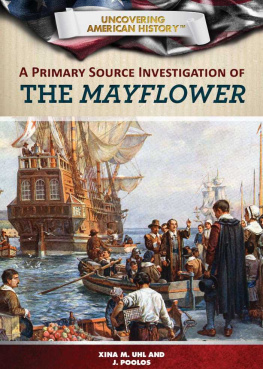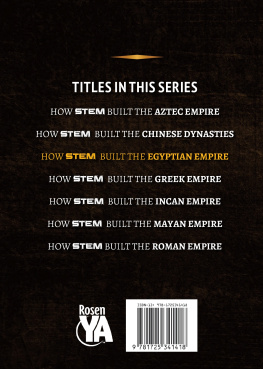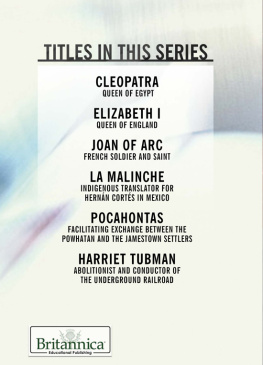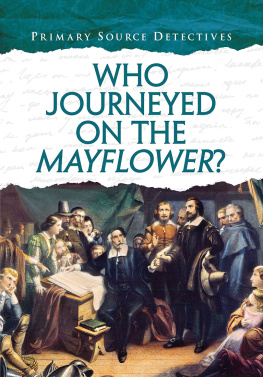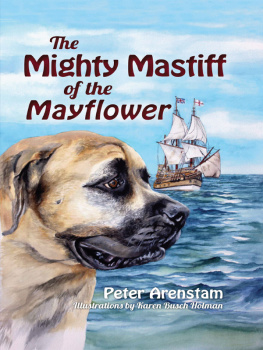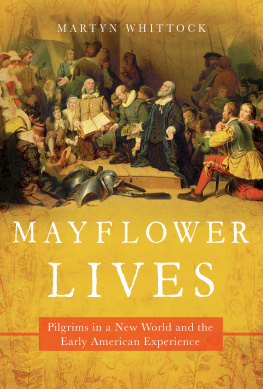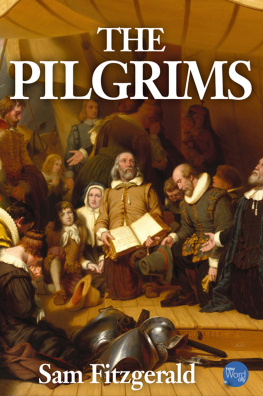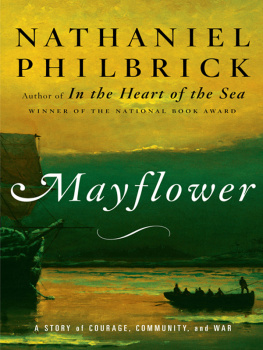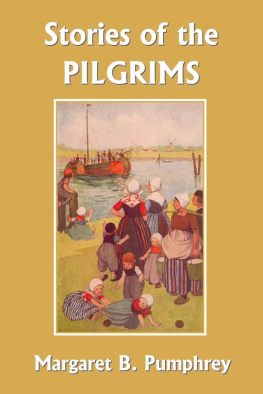Published in 2019 by The Rosen Publishing Group, Inc.
29 East 21st Street, New York, NY 10010
Copyright 2019 by The Rosen Publishing Group, Inc.
First Edition
All rights reserved. No part of this book may be reproduced in any form without permission in writing from the publisher, except by a reviewer.
Library of Congress Cataloging-in-Publication Data
Names: Uhl, Xina M., author. | Poolos, Jamie, author.
Title: A primary source investigation of the Mayflower / Xina M. Uhl and J. Poolos.
Description: First edition. | New York : Rosen Central, 2019 | Series: Uncovering American history | Includes bibliographical references and index. | Audience: Grades 5-8.
Identifiers: LCCN 2018008334| ISBN 9781508184218 (library bound) | ISBN 9781508184201 (pbk.)
Subjects: LCSH: Pilgrims (New Plymouth Colony)Juvenile literature. | Mayflower (Ship)Juvenile literature. | MassachusettsHistoryNew Plymouth, 1620-1691Juvenile literature. | Pilgrims (New Plymouth Colony)HistorySourcesJuvenile literature. | Massachusetts HistoryNew Plymouth, 1620-1691SourcesJuvenile literature. Classification: LCC F68 .U45 2019 | DDC 974.4/02dc23 LC record available at https://lccn.loc.gov/2018008334
Manufactured in the United States of America
On the cover: This painting by prolific maritime artist Bernard F. Gribble shows the Pilgrim Fathers boarding the Mayflower. Gribble was a popular painter in the late nineteenth and early twentieth centuries.
CHAPTER ONE
RELIGIOUS UNREST
CHAPTER TWO
PLANS FOR THE VOYAGE
CHAPTER THREE
LEAVING HOME
CHAPTER FOUR
COMING ASHORE
CHAPTER FIVE
MEETING THE NEIGHBORS
CHAPTER SIX
HARVEST TIME
CHAPTER SEVEN
AFTER THANKSGIVING
W hat became of the Mayflowerafter its historic voyage to deliverthe Pilgrims to their new home inPlymouth is uncertain. Some scholars believethat it was scrapped and its timber used to builda barn in England. Several hundred years later, in1957, a replica of the ship was built in Englandto commemorate that important voyage toPlymouth. The ship sailed to Massachusetts injust fifty-three days. The Mayflower II makes itshome at Mystic Seaport near Plimoth Plantation,where it is undergoing a full restoration tocelebrate the four hundredth anniversary of thePilgrims arrival in New England in 2020.
Upon visiting the Mayflower II, author Nathaniel Philbrick wrote
Like most people, I was immediately struck by how small the ship seemedparticularly in the 'tween decks, where the passengers were confined. How could 102 people, including three pregnant mothers, have survived more than ten weeks in a space this size?
Modern visitors marvel at the physical hardships the first Pilgrims underwent as they traveled to America. They also honor the Pilgrims' desire for religious freedom and their deep faith that God had guided them to America.
Massachusetts senator John Quincy Adams saluted the Pilgrims in an 1802 speech entitled Commemoration of the Landing of the Pilgrims: "When ... for the sake of reconciling their sense of religious duty with their affections for their country, few, perhaps none of them formed a conception of what would be within two centuries the result of their undertaking." The Pilgrims, he asserted, were not "aware that they were laying the foundations of a power, and that [they were] sowing the seeds of a spirit."
Yet the legacy of the Mayflower is more than that of a few hardy souls who suffered to establish one of the first colonies in North America. It also lent its name to a brief, but immeasurably important document, the Mayflower Compact, which was witnessed aboard it. The compact is important because it established the first government both written and enacted in America. The colonists recognized the necessity of laws not only when times were good but especially when times became difficult.
The Thanksgiving holiday has its beginning in those early days. Celebrated by colonies and states individually, it became a national holiday under President Abraham Lincoln in 1863. It survives to this day as a symbol of cooperation between the Pilgrims and the Native Americans and as an acknowledgement of the role of gratitude for the many blessings provided by America.
The following pages examine the conditions in Europe that existed during the seventeenth century and bring to life the adventures, hopes, and values of these early Pilgrims as they sought to leave behind their old lives and establish new, better ones. The difficulties they faced on land as well as on sea would bear fruit for their children, and countless others, if not for themselves.
T he Reformation of sixteenth-century Europe ignited a firestorm of religious unrest. The Catholic Church, once the only religious power in Western Europe, underwent a significant change when another Christian movement called Protestants rejected the church's authority and established their own communities.
In England the Protestant faith came about in 1532 when King Henry VIII could not gain permission from the pope to annul his marriage to Catherine of Aragon. Because the Catholic Church forbade Henry to break the laws, the king separated England from Vatican rule, thereby opening the door for the Protestant movement.

King Henry VIII had six wives, none of whom had a surviving son. He is known for his role in the English Reformation.
Over the course of the century, England's official religious views continued to change, often swinging back and forth between the principles of Catholicism and those of Protestantism. Queen Mary I reversed King Henry's ruling and allied England with the Catholic Church, only to see her successor, Queen Elizabeth I, separate again. But in 1604, when King James I took the throne, he reestablished England's ties with the Vatican with unbridled conviction. To show his allegiance to the church, he openly persecuted Protestants. Protestant leaders were forced to preach to their congregations in secret or risk a punishment such as jail.
SEPARATISM FORMS
Protestants in England had divided into two religious groups by the early seventeenth century. Although they had differences in their outlook about how the Church of England should be changed, at the time both groups sought the same basic goals. The majority group was called the Puritans, based on its desire to purify the church of nonessential elements. In other words, the Puritans were more or less happy with the idea of a state church, so long as both the state and the church conducted all business according to the scriptures, rather than according to current politics or personal agendas. They considered many of the behaviors and practices associated with Catholicism, such as honoring the king or queen as one would honor a deity, as sacrilegious notions.

